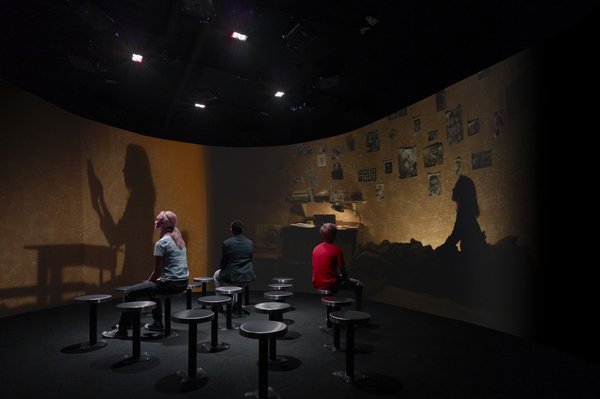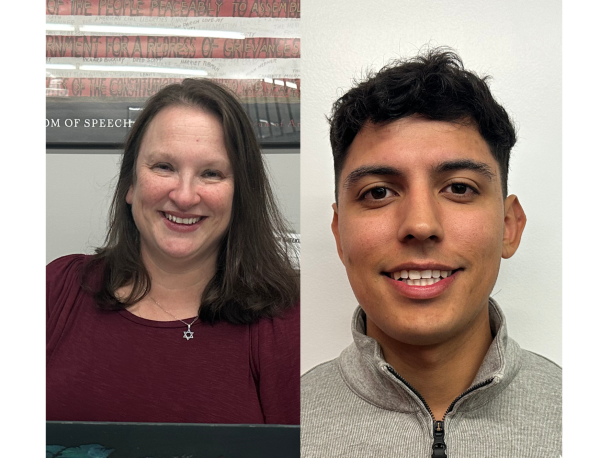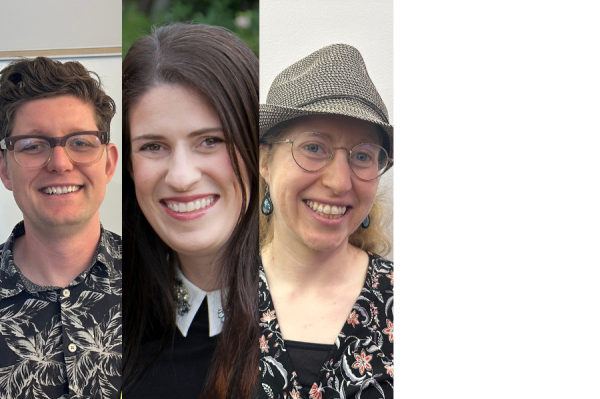‘Anne’ focuses on the universal

Benny Chan/ Fotoworks
THE DIARY: Viewers at the exhibit get a peek into Anne Frank’s life. The exhibit uses several types of technology effectively, but says little about the Jewish dimension of her story.
November 27, 2013
Upon entering the new Anne Frank exhibit at the Museum of Tolerance, visitors begin to walk through a well-lit corridor. Immediately thereafter, a docent directs them to a hidden wall in the middle of the corridor, upon which a nostalgic video is projected. Anne’s first cousin recounts her early days as cheerful and joyful.
Then, however, the visitors descend a flight of stairs to the rest of the exhibit, where they are assaulted by the dimly lit, narrow hallways. The walls are lined with pajamas akin to those worn by the multitudes of children who had died in the camps. The varying patterns of the clothing seem to call attention to the fact that it was millions of individuals, each with an unrepeated story, who perished. These narrow and dark hallways seem to forebode a similar ending to the life of Anne Frank.
This $4 million, 9,000-square-foot exhibit is a multimedia, chronological narrative of Anne Frank’s life, primarily focused, like her famous diary, on her years in hiding, and unfortunately almost entirely devoid of Jewish content. Titled Anne or The Anne Exhibit, it was created by the Museum of Tolerance to use the legacy of Anne’s diary, a video reconstruction of her hiding place, and various artifacts to give a more tangible, concrete representation of the experience of one typical victim of the Holocaust.
It premiered in October and will run indefinitely. This exhibit is not included in the general admission fee and advanced reservations are suggested.
Overall, the experience is worthwhile because of the usage of technology, different modalities and historical context. But for all of these strengths, Anne fails to give a comprehensive view about her experience.
Throughout, technology is used to give a deeper perspective on Anne’s emotions. Visitors are led to a viewing area where they see a video re-construction of Anne’s hiding place. The video retells her diary with auditory and visual properties to give the viewers a more intimate outlook unto her experience and a deeper understanding. But her words themselves are un-doctored and unexpanded upon, and thus a simple straightforward and chronological narrative of the time, and her feelings, until her capture.
Lastly, historical context is used to fill in the gaps not covered by Anne. Details about Anne’s pre-war life are given — specifically, her family’s move to Amsterdam, the alienation of the Jews there, Otto Frank’s, her father, failed attempt to have the family evacuated, and the Franks’ need to go into hiding.
Somewhat disappointing, however, is that the exhibit marginalizes Anne’s Jewish identity. Anne Frank’s feelings particular to her adolescence are magnified to make her more universally relatable. And while her hope for peace and justice is inspiring, the exhibit fails to capture the totality of her experience.
The gruesome details of the Holocaust go unmentioned. The exhibit exhaustively explains her time in hiding, but only briefly talks about her time in the camp itself. When it does, it does not allude to the miserable living conditions there, but instead only depicts Anne’s experience chronologically.
Also, the exhibit trivializes the feelings of Jewish survivors. At one point, after the war, Otto Frank is heard saying he is in good spirits and looking forward to joining his brother, though that he had lost his entire family.
As they leave the exhibit, visitors are asked to consider how to better the world – not to consider the status of Jews and anti-Semitism today. Though the Holocaust has universal importance, it was principally a Jewish problem. Ultimately, therefore, the Holocaust cannot be separated from its Jewish content. Certainly they were not separated in Anne, however they appear in Anne.












